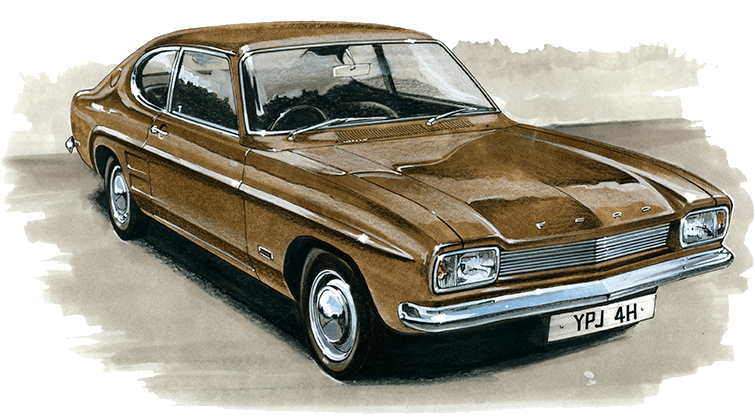
The Ford Capri, a classic car produced between 1969 and 1986, holds a special place in the hearts of automotive enthusiasts worldwide. It was a symbol of style and performance, capturing the spirit of the era. However, like any other vehicle, the Ford Capri had its fair share of issues and problems. Let’s delve into some of the common challenges faced by Ford Capri owners.
1. Rust:
One of the most prevalent problems faced by Ford Capri owners was rust. The Capri’s bodywork was notorious for corroding quickly, especially in areas exposed to moisture and road salt. Areas prone to rust included the wheel arches, sills, door bottoms, and the front and rear valances. Due to the car’s age, locating replacement panels can be difficult and expensive, often leading to significant repair costs.
2. Electrical System:
Electrical gremlins were another frequent issue for Ford Capri owners. Problems ranged from intermittent faults in lighting and dashboard instruments to faulty connections and unreliable electrical components. Troubleshooting these problems can be time-consuming and frustrating, often requiring advanced knowledge or professional assistance.
3. Carburetor and Fueling Issues:
Many Ford Capri models were equipped with carbureted engines, which were susceptible to a range of issues. Blockages within the carburetor, caused by dirt or debris, often led to poor fuel consumption, engine misfires, and decreased performance. Furthermore, carburetors required frequent tuning, which could be challenging for inexperienced owners. Some Capri models also faced fuel vaporization issues, resulting in difficulty starting the car after it had been parked for a short duration.
4. Cooling System:
Overheating was a common problem in earlier models of the Ford Capri. It mostly occurred due to a failure of the cooling fan or thermostat, leading to engine temperature rising to dangerous levels. Regular maintenance and inspections were necessary to avoid overheating issues, ensuring proper functioning of the cooling system and preventing long-term engine damage.
5. Suspension and Handling:
While the Ford Capri gained recognition for its excellent handling, suspension problems were not uncommon. Worn-out bushings, ball joints, and shock absorbers could contribute to instability, poor ride quality, and uneven tire wear. Regular inspection and replacement of these components were essential to maintain the Capri’s formidable driving dynamics.
6. Gearbox and Clutch Problems:
Some Ford Capri models experienced issues with their gearboxes, which could result in grinding noises, difficulty shifting gears, or even clutch failures. These problems were more pronounced in older vehicles with higher mileage. Repairing or replacing the gearbox and clutch assembly could be costly, particularly if the owner did not possess the mechanical skills to tackle the job independently.
While the Ford Capri brought joy and excitement to its owners, it also presented several challenges. Rust-prone bodywork, electrical issues, carburetor troubles, cooling system faults, suspension problems, and gearbox concerns were among the most common problems experienced by Ford Capri owners. Despite these issues, the Capri remains an iconic car that continues to be cherished by enthusiasts worldwide.